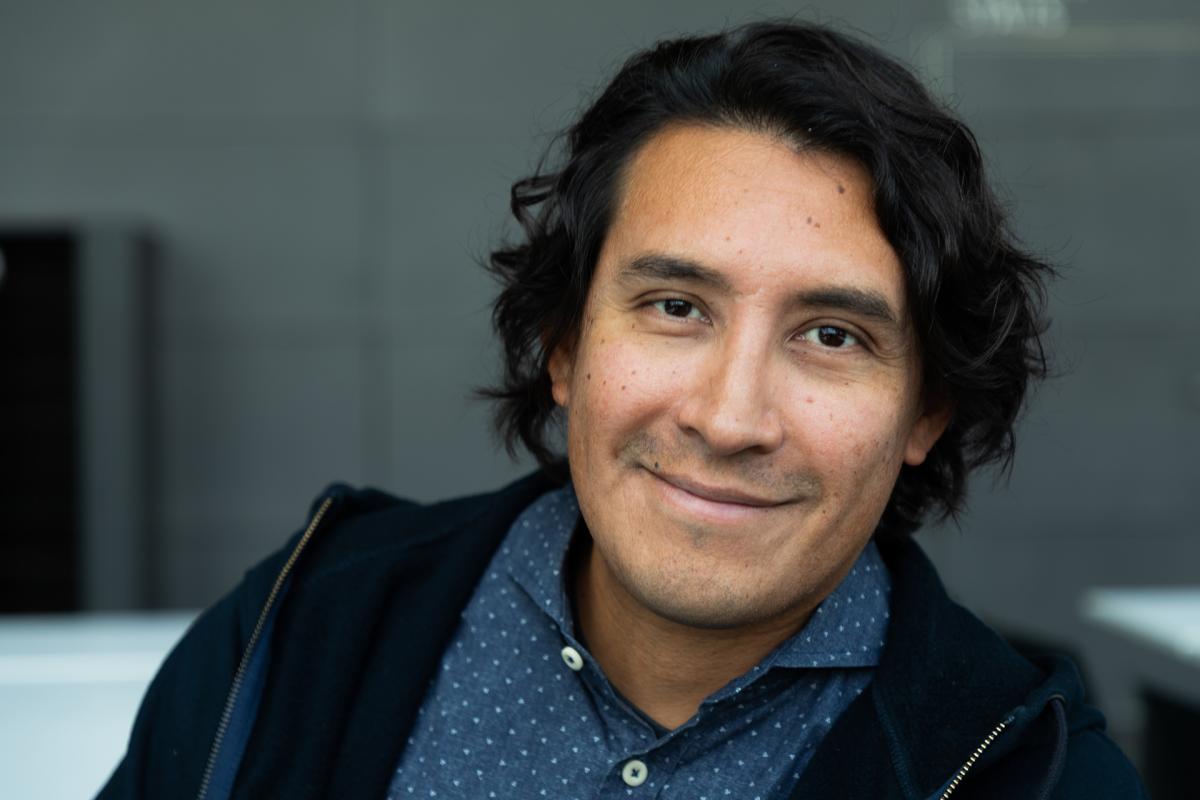Case-specific electroacoustic designing adds a new creative layer to sound composition process

Alejandro Montes de Oca states that when the sound composition process occurs alongside with the electroacoustic system configuration and design process, a particular creative practice is engendered.
In his artistic doctoral degree, Alejandro Montes de Oca introduces the term Case-Specific Electroacoustic System, a set of electric, digital and acoustic devices that are interconnected in a particular way to embody a specific sound work. In his research he explored how the development of a such a system becomes another parameter of sound creation, and how this influences the artistic ideas and process elaborated around a specific sound work.
“For me it is important to be able to establish a feedback process between sound composition and its electroacoustic system composition. I look at the electroacoustic medium as a mouldable network that can take different shapes and interconnect in multiple ways according to any specific idea, situation, or intention. This can also be seen as a creative assemblage where ideas, techniques and aesthetics collide together”, Montes de Oca states.
In his doctoral degree’s artistic components Montes de Oca elaborated and presented five sound works that each included the composition, design, and creation of a case-specific electroacoustic system. In these works Montes de Oca demonstrated an art practice which involved the processes of conceptualising, thinking, designing, composing, and sculpting the electroacoustic medium to embody a specific work.
Aquarmonio (2015) was inspired by the cenotes in the Yucatan peninsula of southern Mexico. It presented a case-specific electroacoustic system that captures, processes, and amplifies water sounds in real-time. Half Full (2017) is a sound composition-installation to a dance piece with the same name, taken to all kinds of places such as supermarkets, sport centers, parks, schools, companies, etc, hence the need for a portable sound system. Superguitar_03 (2017) studies the possibilities of adapting a traditional instrument to our contemporary world, dislocating it from its old mode of existence. Lap-dog Machines: Pre.sa.uro (2019) explored translation processes through technology. developed to electrify and transform voice and text in real time: Spatial Sampler, Vocoder Rupestre and Poliglota Type Machine. The sonic-literary machines aim to build a bridge between technology and performer, using pre-recorded text, voice improvisation, singing, recitation, real-time sound transformation, electronically generated sounds and sound spatialisatio. Acoustic Paths (2019) is an acousmatic sound composition-installation set for two listeners at a time, exploring connections between the sound pollution emanating from cities and contemporary society. It also explores connections between people by inviting two persons, who do not necessarily know each other, to experience a work of art together, opening a moment for sharing and communication.
Montes de Oca considers the electroacoustic medium as a creative composition of ideas, techniques, and aesthetics, where the aspects of a case-specific electroacoustic system can be developed according to the artist intention, necessity, and choices.
“With this approach I can better find particular sonorities and dispositions of materials, enriching my art practice with another set of creative decisions and approaches. I experienced how the electroacoustic medium can be perceived as a mouldable techno-social network that can take on different shapes and interconnect in multiples ways according to any specific idea, situation, or intention.”
Montes de Oca states that adding the composition of the electroacoustic system to the process gives an additional layer of creativity.
“It also frees me of the need of using conventional or not accessible system like for example symphony orchestras or opera houses. It also frees me to imagine other possible formats of presenting a work, and to think in the role of the different actors participating in the piece.”
More information
Alejandro Montes de Oca
alejandro.montesdeoca@uniarts.fi